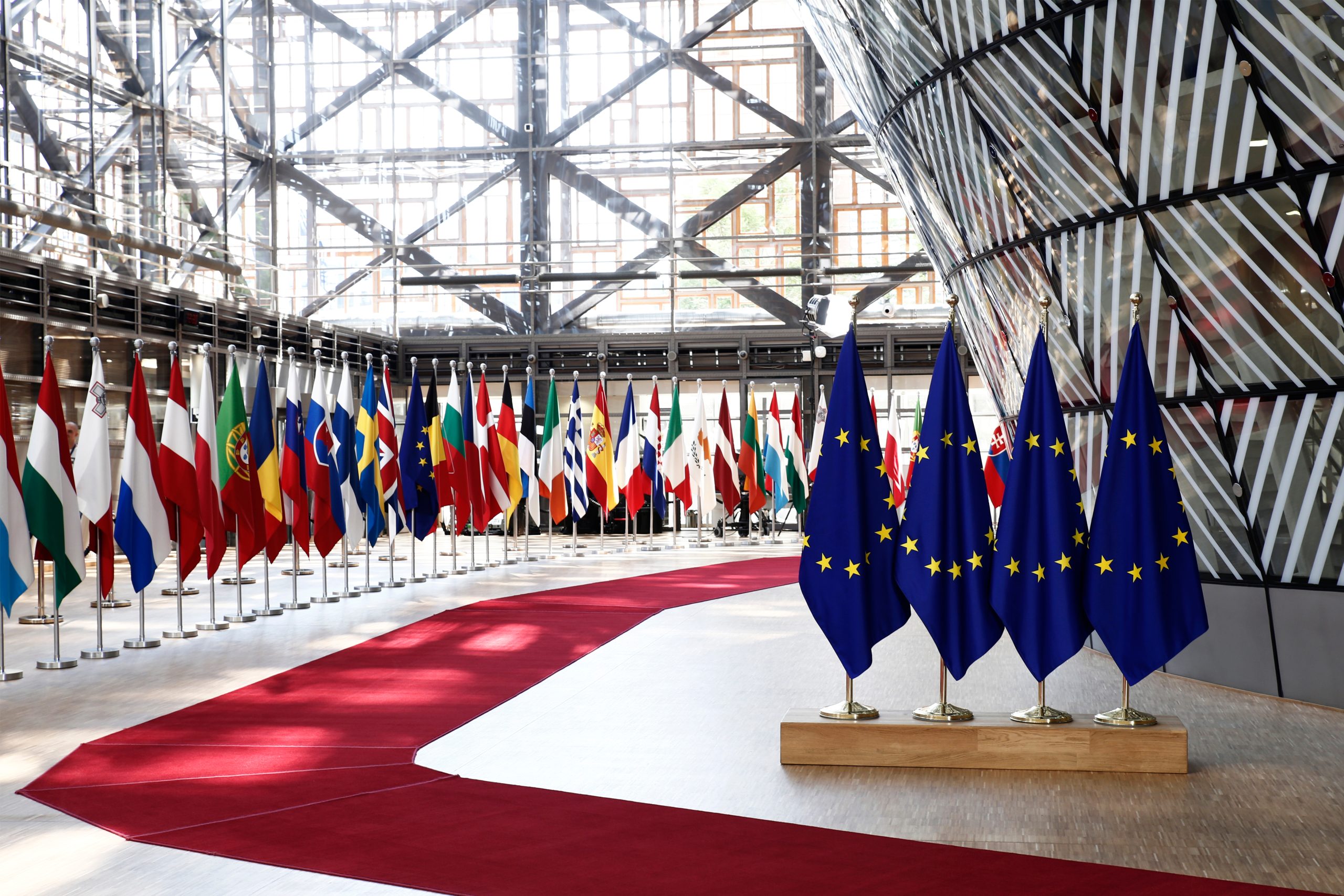Interoperable Europe act: Council adopts new law for more efficient digital public services across the EU

With a view to creating a network of interconnected digital public administrations and accelerating the digital transformation of Europe’s public sector, the Council adopted a new law regarding measures on a high level of public sector interoperability across the EU (Interoperable Europe act).
Main objectives of the new legislation
The regulation aims to set up a new cooperation framework for EU public administrations to ensure the seamless delivery of public services across borders, and to provide for support measures promoting innovation and enhancing skills and knowledge exchange.
The new law will establish an interoperability governance structure with a view to creating an ecosystem of shared interoperability solutions for the EU’s public sector, notably through the setting of regulatory sandboxes. This way, public administrations in the EU can contribute to and re-use such solutions, innovate together, and create added value.
Key elements of the regulation
The main elements contained in the new regulation can be summarised as follows:
- the concept and definition of ‘trans-European digital public services’ in line with the principles of subsidiarity and proportionality
- provisions ensuring a structured EU cooperation where public administrations come together in the framework of projects co-owned by member states, as well as regions and cities
- a multi-level governance framework steered by the ‘Interoperable Europe Board’, which stands at the core of the new structure set up by the regulation
- the possibility to share and reuse interoperability solutions, powered by a one-stop-shop for solutions and community cooperation (‘Interoperable Europe portal’) and supported by measures to promote innovation, and enhance skills and knowledge exchange
- main objectives and conditions of the mandatory interoperability assessment, in line with the principle of proportionality to avoid overburdening national and local administrations
- consistency with the provisions of the artificial intelligence act (AIA) and of the general data protection regulation (GDPR), with regard to the establishment of and participation to interoperability regulatory sandboxes
Next steps
Following today’s adoption, the text of the legislative act will be published in the EU’s official journal in the coming weeks and the regulation will enter into force 20 days after this publication.
Background
In the past years, digital government and data experts have developed wide-ranging common interoperability cooperation practices based on the current European Interoperability Framework (EIF). The EIF is Europe’s widely recognised conceptual model for interoperability. However, recent evaluations have exposed serious limitations of this entirely voluntary cooperation approach.
EU member states have increasingly stressed the need to strengthen European interoperability cooperation. Among others, the ministerial declarations signed in 2017 in Tallinn and 2020 in Berlin attest to this necessity. With a view to addressing these needs, the Commission adopted the proposal for an ‘Interoperable Europe Act’ on 18 November 2022. On 2 June 2023, the TTE (Telecommunications) Council took note of a progress report on this file and on 6 October 2023, member states’ representatives (Coreper) agreed on a mandate allowing the presidency to start negotiations with the European Parliament. A first trilogue was held on 10 October 2023 and a provisional agreement was reached in a second trilogue on 13 November 2023. The European Parliament’s rapporteur was Ivars Ijabs (Renew Europe/LV) whereas the Commission was represented at the interinstitutional talks by Commissioner in charge of budget and administration, Johannes Hahn.
